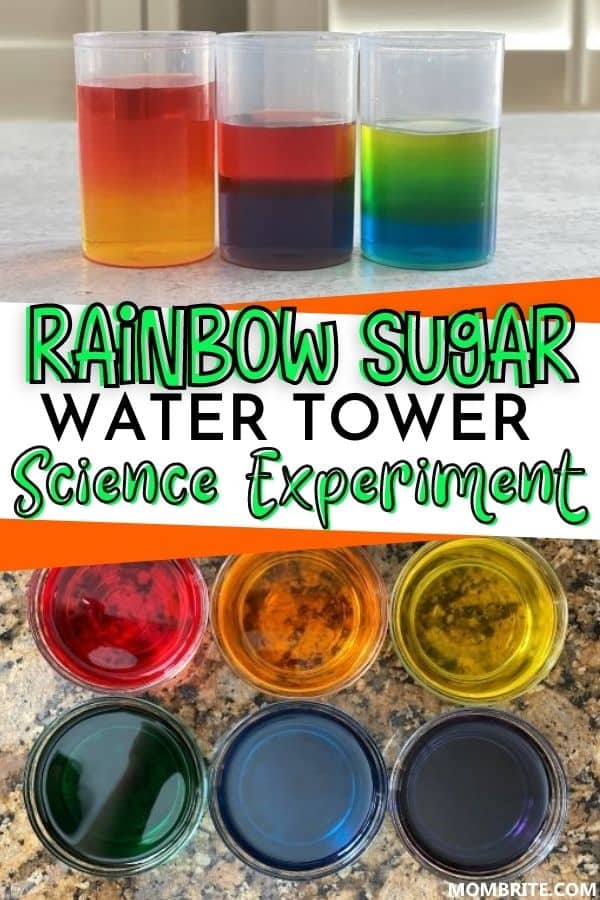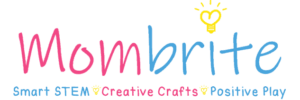Kids can grasp the concepts of volume and weight fairly easier. An elephant is bigger and heavier than a field mouse. A feather is smaller and lighter than a bowling ball. Not to difficult.
Density, however, is a little tougher for young kids to understand. Simply explained, density is the amount of mass per unit of volume. Generally, dense objects are heavy, and less dense objects are light.
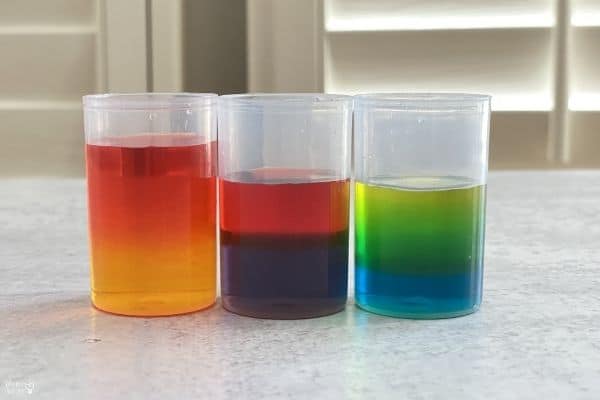
But wait! Before we move on to the experiment, I want to clarify that mass and weight are NOT the same! The weight of an item depends on gravity. That’s why when we are on the moon, where there is very little gravity, we weigh less. The mass, on the other hand, remains constant no matter where you are.
Therefore, since density is based on mass and not weight, the density of an object remains the same no matter the location.
Let’s move on to this awesome sugar water density science experiment that will leave your kids amazed!
How to Make a Rainbow Sugar Water Tower
Materials:
- Water
- Sugar
- Food coloring
- 4+ identical glasses or cups
- Measuring spoon
- Narrow container (like a test tube)
- Pipette or dropper
Instructions:
1. Heat some water in the microwave or stovetop.
2. Set out the identical glasses or cups. We will use these to make the different colors of the sugar water tower. You can make as many as you want.
3. Add sugar to the cups. We started with zero tablespoons of sugar and increased by 2 tablespoons for each cup. For example, you should have 2 tablespoons in the second cup, 4 tablespoons in the third cup, and so on.
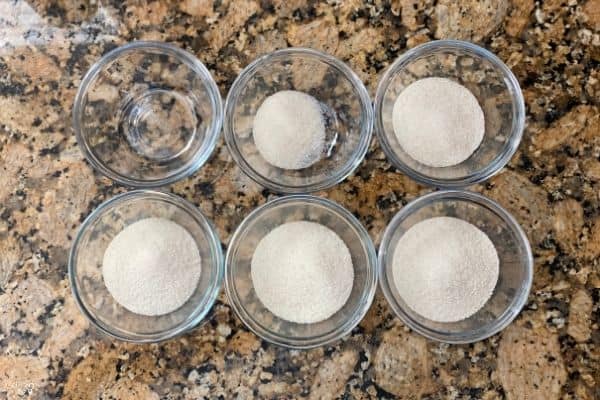
4. Add the hot water to each cup and stir to dissolve the sugar. Make sure you add the same amount of water to each cup.
5. Add a couple of drops of food coloring to each cup and mix. This is what we ended up with:
RED: 0 tablespoons of sugar
ORANGE: 2 tablespoons of sugar
YELLOW: 4 tablespoons of sugar
GREEN: 6 tablespoons of sugar
BLUE: 8 tablespoons of sugar
PURPLE: 10 tablespoons of sugar
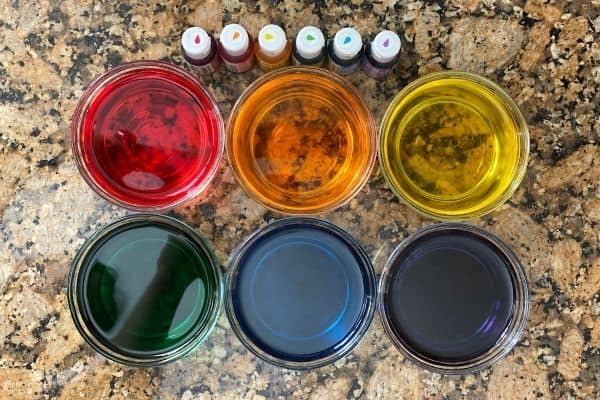
6. You may not be able to dissolve all the sugar in some of the cups no matter how much you stir. In this case, microwave the solution for 30 seconds to heat the water. Continue heating the solution for 30 seconds at a time and stirring right after until all the sugar is dissolved.
7. Starting with the solution with the most dissolved sugar (purple if you follow the colors we used above), suck up the solution with a dropper and squeeze it in the test tube.
8. Use a new dropper or rinse and dry the used one well before moving on to the next color. Suck up the next color solution and carefully add it to the test tube. The best way is to keep the opening of the dropper against the wall of the test tube so that the solution slowly forms a layer on top of the previous one.
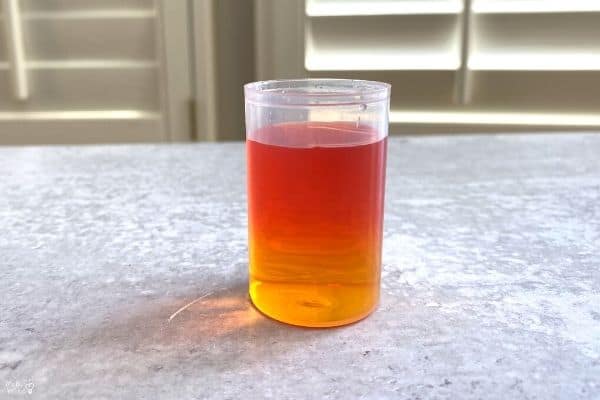
9. Continue step #8 until you are happy with the number of colors in your sugar water column!
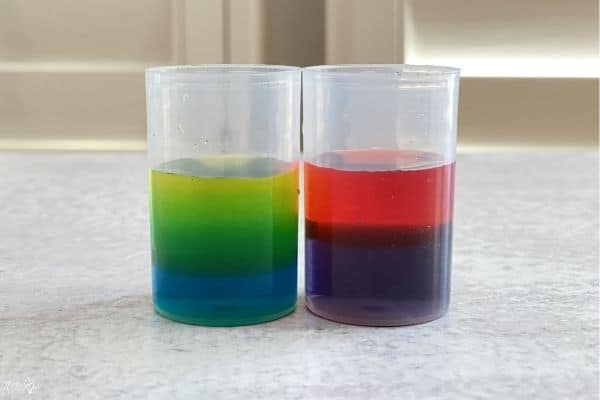
We didn’t have a test tube at home so we used a film canister. We have plenty of film canister around from the paint bomb experiment and ghost rocket activity. You can use any clear, narrow container that will allow you to see the different colors.
The key to this sugar density science experiment is PATIENCE. You need to add each layer slowly. Otherwise, the different colors will mix and you won’t be able to see distinct layers in your sugar water tower.
For younger kids, it’s easier to stick with just a couple of colors. They will be so proud when they see the different layers in the test tube!
You can add as many layers as you want. You can attempt to make all the colors of the rainbow! Just make sure you always go from the densest color to the least dense color.
Science Behind the Sugar Density Tower
As mentioned above, density is the measure of mass per unit volume. Keeping the water volume the same for all the colors, we created water with different densities depending on how much sugar is in each cup.
The more sugar in the solution, the higher the density. You can even feel the higher density when you suck up the solution with the most sugar with the pipette. The solution is sticky and difficult to squeeze out.
Due to the different sugar densities, you are able to stack the different color water on top of each other. The solution with lower density is able to stack on top of the solution with higher density.
YOU MAY LIKE:
